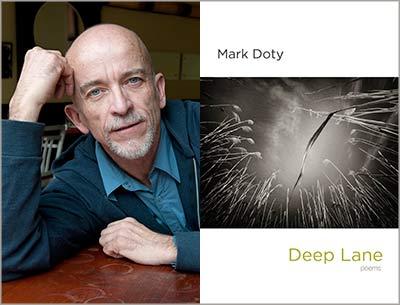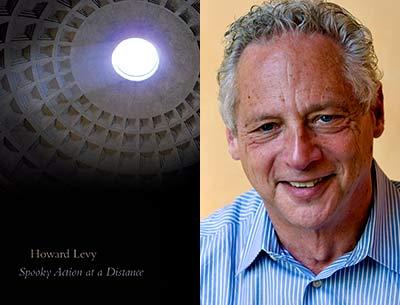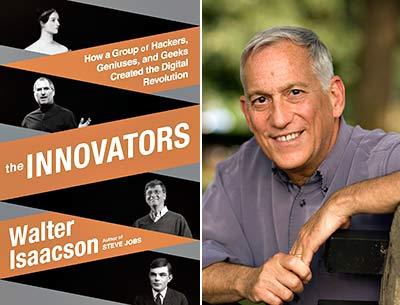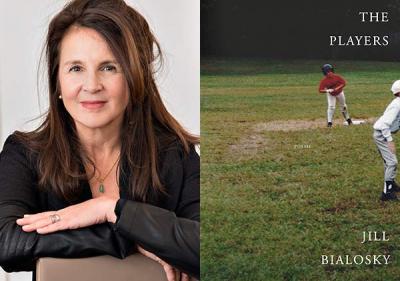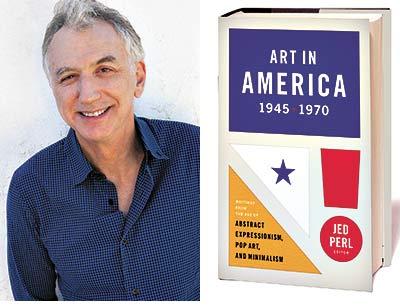Art of Fiction, Nature Writing: Two Workshops
Art of Fiction, Nature Writing: Two Workshops
Jennifer Senft, an editor and English and writing instructor, is offering two workshops in April — the Art of Fiction, at the Parrish Art Museum in Water Mill, and one on nature writing at the South Fork Natural History Museum in Bridgehampton.
In the first, the fiction will be inspired by the art that’s in the Parrish, from the museum’s permanent collection to “Parrish Perspectives,” the current show of work by Jules Feiffer, Robert Dash, and Joe Zucker. Explored, Ms. Senft wrote, will be “fiction that you imagine within a piece of art, fiction in the style of the art, or fiction that replicates the medium.” Participants can write prose, drama, or poetry. The work of Oscar Wilde and Frank O’Hara will be among the readings.
The workshop, which costs $100 for museum members or $120 for nonmembers, will start on April 16 and continue on the following three Thursdays from 10 a.m. to noon.
At SoFo, genres including “personal nonfiction, journaling, poetry, fiction, and/or scientific inquiry” will be in play in a workshop devoted to writing about nature a la Annie Dillard, Peter Matthiessen, Richard Brautigan, and the poets Robert Frost and William Carlos Williams. Examples of their work will be read and discussed, though the list was still being put together.
“This workshop will also be casual,” Ms. Senft wrote in an email. “We’ll walk outside in Vineyard Field (behind the museum) for prompts and cues. . . .” It will meet on three Saturdays from 10 a.m. to noon, from April 25 to May 9. The fee is $60 for members, $85 for nonmembers.
Registration is through the two museums.

